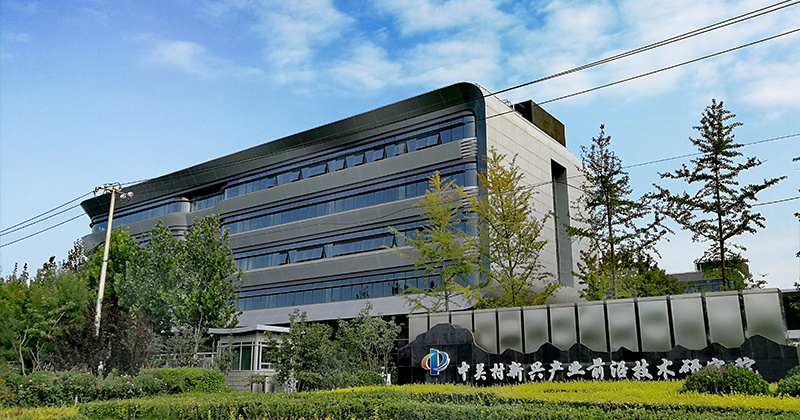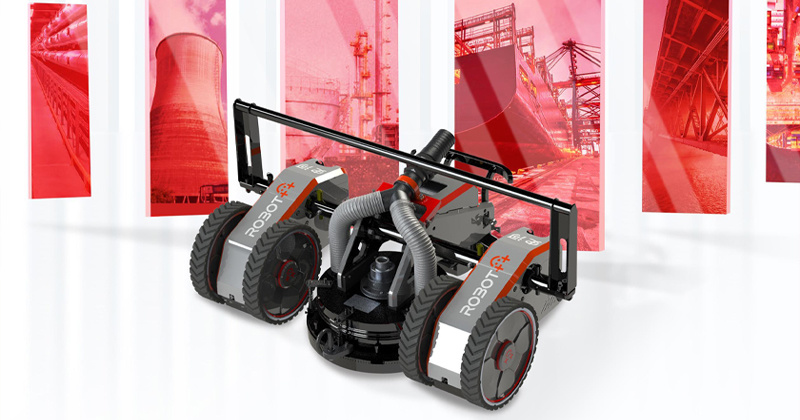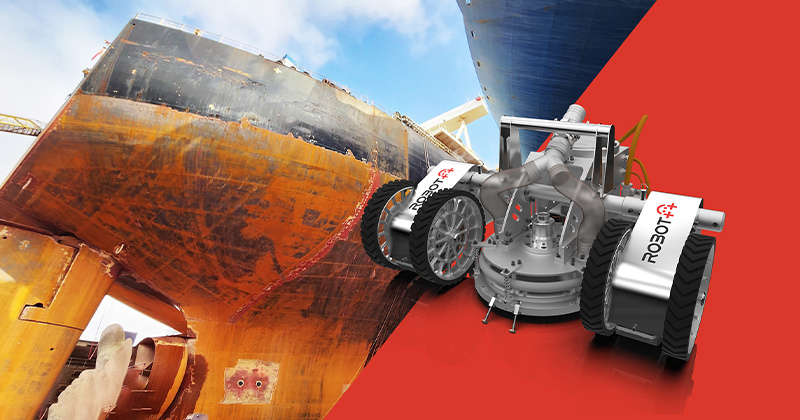-
-
-
-
-
-
About Us

Exploring the Future: The Role of Oil and Gas Sandblasting Robots in Industrial Applications
The oil and gas industry has always been on the forefront of adopting advanced technologies to improve efficiency and safety, and one of the most exciting developments in recent years is the rise of sandblasting robots. These automated systems are designed to clean and prepare surfaces by utilizing high-pressure sand or abrasive materials, making them indispensable for maintaining equipment in cha
Jun 06,2025
Oil and gas sandblasting robots can perform tasks that would typically be hazardous for human workers. By automating these processes, companies can minimize exposure to dangerous chemicals and reduce the risk of accidents. This innovation not only enhances safety but also increases productivity by allowing for continuous operation without the need for breaks that human workers require.
The efficiency of these robots stems from their ability to operate in areas that are often difficult or impossible for humans to access safely. For example, they can work in confined spaces, at great heights, or in extreme weather conditions. This capability is particularly beneficial in oil and gas facilities, where maintenance is crucial to prevent downtime and ensure a smooth operation.
Furthermore, the precision offered by oil and gas sandblasting robots is remarkable. Unlike traditional methods, which can be inconsistent and require multiple passes to achieve the desired results, robots can perform precise and uniform sandblasting. This not only leads to better surface preparation but also extends the lifespan of the equipment by preventing damage caused by over-sanding or improper techniques.
As technology continues to evolve, the integration of artificial intelligence and machine learning in these robots is expected to further enhance their effectiveness. Smart robots can learn from their environments, adapt to different surfaces, and improve their techniques over time. This kind of adaptability is crucial in the oil and gas sector, where conditions can vary significantly from one location to another.
In addition to their applications in the oil and gas industry, the principles behind sandblasting robots can also be applied in the world of electric and electronic toys. As manufacturers look for ways to improve their production processes and create more intricate designs, the use of robotic systems like these could lead to enhanced quality and efficiency in toy manufacturing.
In conclusion, oil and gas sandblasting robots represent a significant leap forward in industrial applications, combining safety, efficiency, and precision. Their increasing adoption not only serves to improve operational standards in the oil and gas sector but also opens new possibilities for innovation in other industries, including the electrifying world of toys. As we continue to explore these fascinating technological advancements, the future looks bright for automation and robotics across various fields.
If you are interested in our products, please leave your email and we will contact you as soon as possible. Thank you.
COOKIES
Our website uses cookies and similar technologies to personalize the advertising shown to you and to help you get the best experience on our website. For more information, see our Privacy & Cookie Policy
COOKIES
Our website uses cookies and similar technologies to personalize the advertising shown to you and to help you get the best experience on our website. For more information, see our Privacy & Cookie Policy
These cookies are necessary for basic functions such as payment. Standard cookies cannot be turned off and do not store any of your information.
These cookies collect information, such as how many people are using our site or which pages are popular, to help us improve the customer experience. Turning these cookies off will mean we can't collect information to improve your experience.
These cookies enable the website to provide enhanced functionality and personalization. They may be set by us or by third-party providers whose services we have added to our pages. If you do not allow these cookies, some or all of these services may not function properly.
These cookies help us understand what you are interested in so that we can show you relevant advertising on other websites. Turning these cookies off will mean we are unable to show you any personalized advertising.













